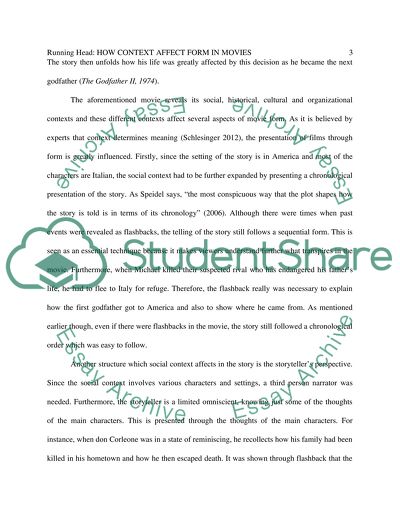Cite this document
(“Films Studies: Taking a film or films of your choice, discuss how the Essay”, n.d.)
Films Studies: Taking a film or films of your choice, discuss how the Essay. Retrieved from https://studentshare.org/visual-arts-film-studies/1470584-films-studies-taking-a-film-or-films-of-your
Films Studies: Taking a film or films of your choice, discuss how the Essay. Retrieved from https://studentshare.org/visual-arts-film-studies/1470584-films-studies-taking-a-film-or-films-of-your
(Films Studies: Taking a Film or Films of Your Choice, Discuss How the Essay)
Films Studies: Taking a Film or Films of Your Choice, Discuss How the Essay. https://studentshare.org/visual-arts-film-studies/1470584-films-studies-taking-a-film-or-films-of-your.
Films Studies: Taking a Film or Films of Your Choice, Discuss How the Essay. https://studentshare.org/visual-arts-film-studies/1470584-films-studies-taking-a-film-or-films-of-your.
“Films Studies: Taking a Film or Films of Your Choice, Discuss How the Essay”, n.d. https://studentshare.org/visual-arts-film-studies/1470584-films-studies-taking-a-film-or-films-of-your.


